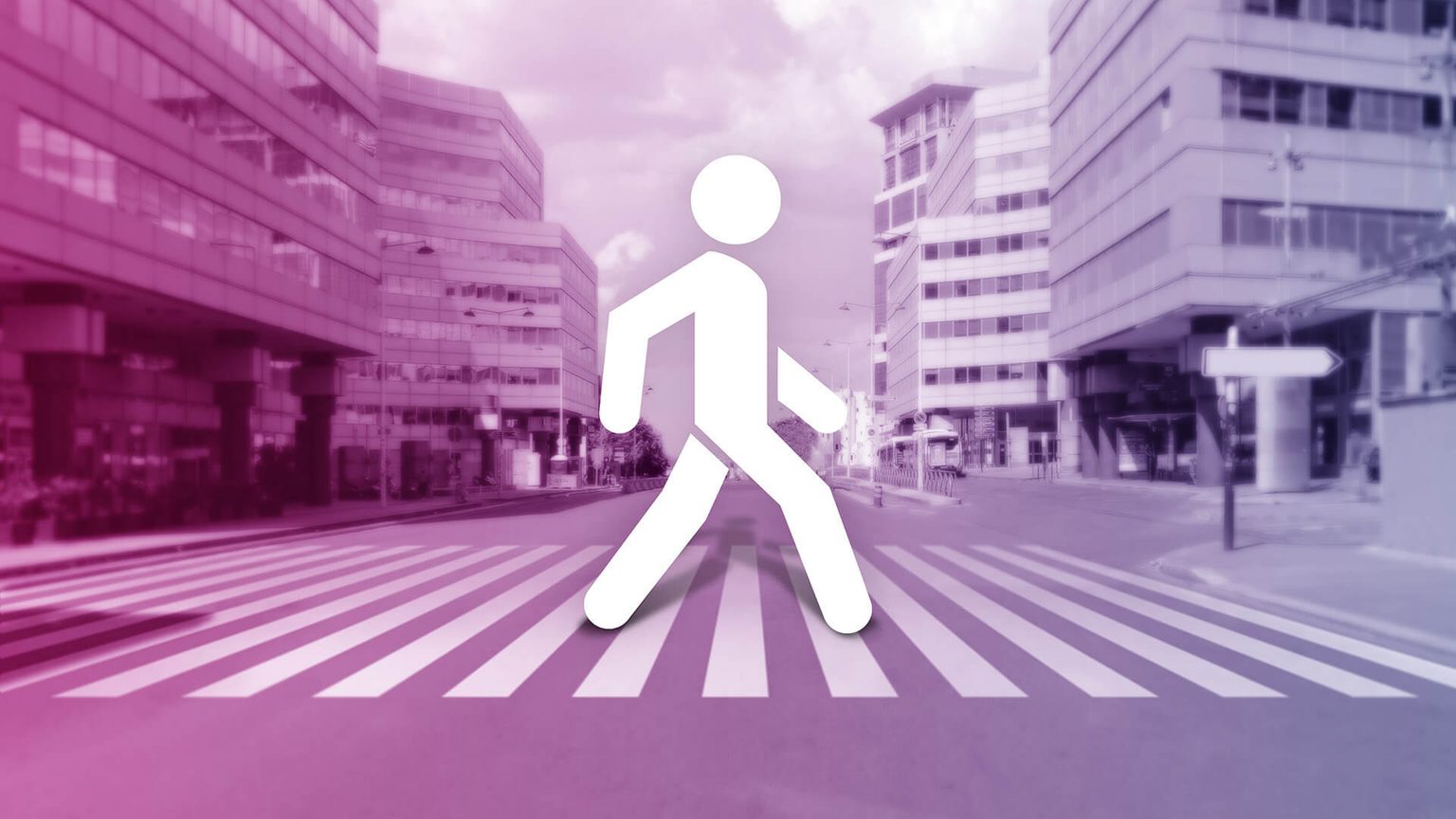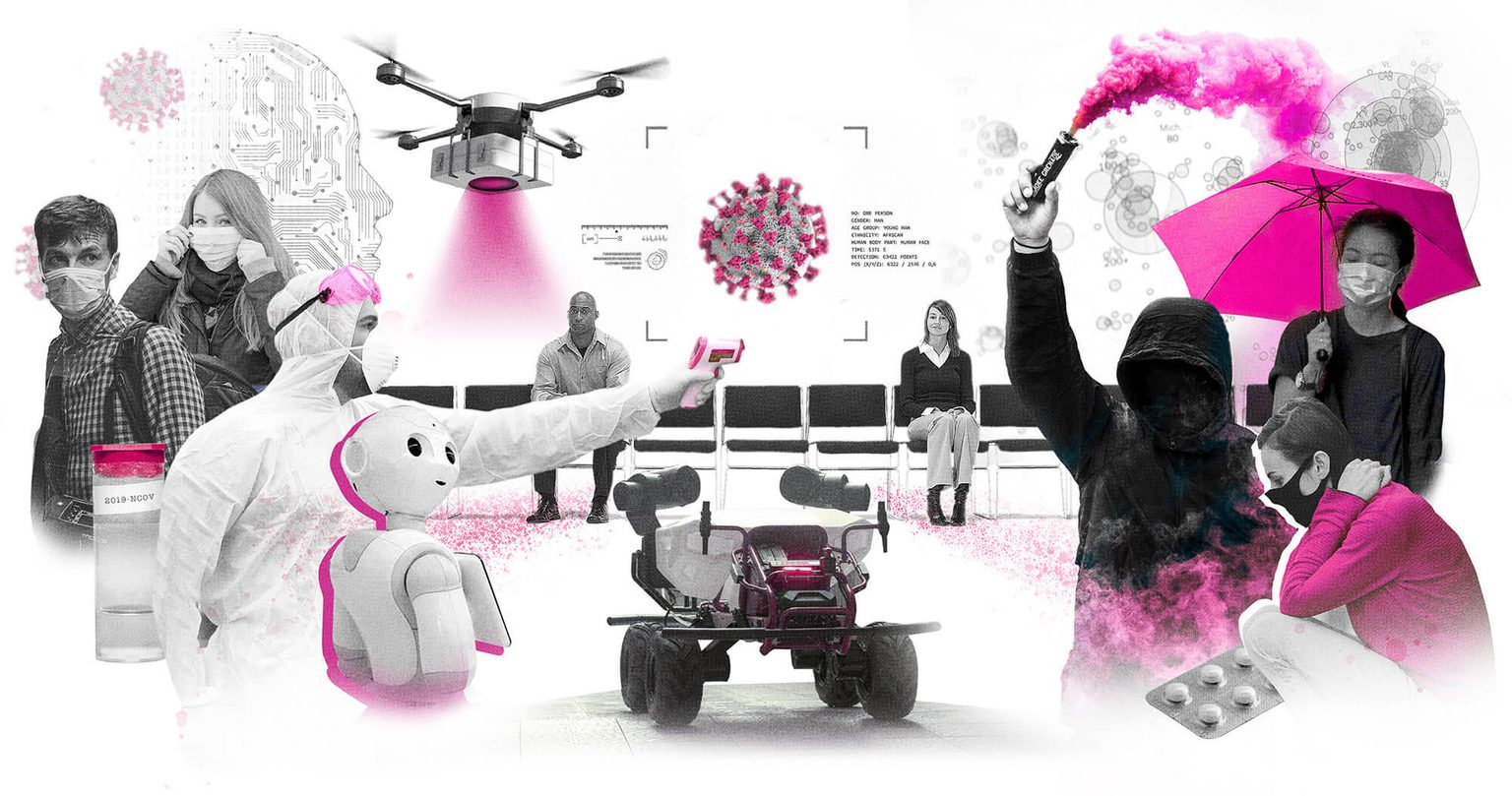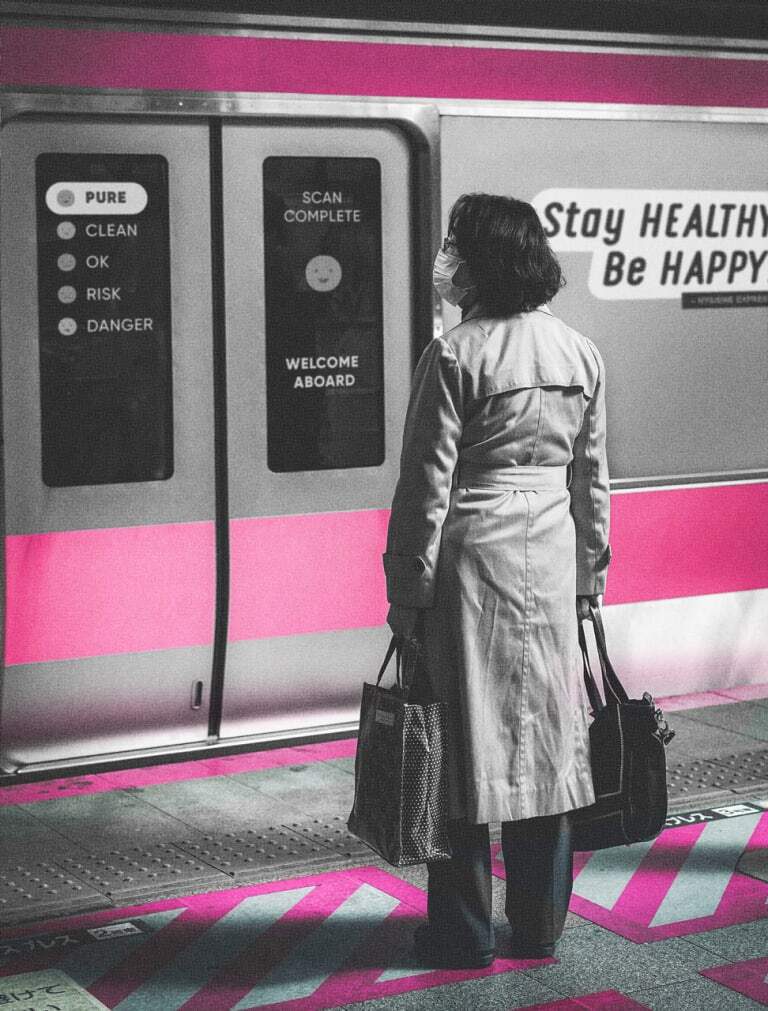
Mobility

Devin Liddell | Principal Futurist

Devin Liddell
Devin designs preferred futures in aviation, automotive, smart cities, personal mobility, space travel, and more.
Connect with Devin on LinkedIn
The good news: we are a resilient species and we’ll get past this devastating COVID-19 pandemic, albeit far from unscathed. The bad news: the implications of climate change are increasing the risks of future pandemics involving both existing and brand-new infectious diseases, so the days of system shock followed by collective amnesia will need to end. The realities of a post-COVID-19 world will pose new challenges to cities and transportation systems in particular—from airlines and light-rail networks to ride-hailing platforms and even micro-mobility services. That’s because, right now, human mobility is a vector for disease, hence the stay-at-home orders. Aviation and mass transit are also all about density, which is the antithesis of social distancing.
But there is an enormous opportunity here: pivoting away from being an unintentional vector toward an intentional set of interconnected systems with superpowers for preventing, detecting, and containing outbreaks. As a futurist, I believe that achieving this pivot will require radical transformations, with both utopian and dystopian outcomes equally possible. With these divergent outcomes in mind, here are two of the likeliest transformations examined through their best-case and abuse-case scenarios.
/01
Through a utopian lens, passengers who are increasingly repulsed by unnecessary queues, interactions with strangers, and touching anything would welcome the acceleration of automation across commercial aviation and urban mobility. This shift would be so pervasive that the term “touch point” would even disappear from design literature. Public health officials would do their part by creating “contactless accessibility” scores for systems—ranging from “filthy” to “pure”—that are posted on placards in terminals and stations, making automation rollouts a competitive endeavor. A new era of automation would extend from the basic—the eradication of all remaining doors requiring pushing or pulling—to the more advanced. These might include gesture- and eye-movement-based interactions with payment kiosks and in-flight entertainment screens; robots and drones equipped with UV lights that continuously sanitize surfaces; and artificial intelligences that govern our previously clumsy attempts at everything from bus scheduling and curb usage to security screening and aircraft boarding. Our automated systems of the future would be hyperefficient and compulsively clean.
But there’s a dystopian side. With all of the unnecessary humans stripped out of our transportation systems—from drivers and information kiosk attendants to gate agents and security screeners—there would be plenty of efficiency but very little empathy. This would be especially true if you’re a passenger or rider who suffers an anomaly in the system. Lost and found (let alone a lost pet), traveling with special needs, and the inevitable quirks of biometric and AI systems would all be occasions that beget an elaborate, almost-mystical rite of summoning a real person. That real person would then have to wrestle with these systems designed to resist interruption and deter human intervention. Even when things might be humming along, some riders and passengers would bristle at a “Hygenie” robot bumping into them or unseen artificial intelligences telling them where to sit and where to walk and that intentionally interrupting an automated system is a finable offense. Our transportation systems would be cleaner and more efficient than ever, but the people they serve would silently muse that a few germs would be better than these punctuated moments of humiliation and alienation.

/02
Our pre-COVID-19 transportation infrastructure already includes lots of cameras and sensors inside terminals, stations, platforms, and gates. But the use of these technologies would be expanded to give both machines and remote humans greater sensorial capabilities in new efforts to minimize queues, human interactions, and shared surfaces. This would deliver very real benefits to riders and passengers, especially as they maneuver increasingly automated environments. Ride-sharing passengers would use in-vehicle cameras to see in advance who else is in the pool vehicle, including thermal cameras that detect if other passengers have fevers or other indications of disease. Airline passengers would simply walk through a series of tunnels, gardens, or other environments designed around new biometric-enabled security screening methodologies—without ever touching anything or even producing passports or other documents. Light-rail riders would view real-time seat maps for approaching cars to select those that are the least crowded.
There would be benefits for operators too. These surveillance systems would give transit systems powerful tools for managing risk well before an outbreak occurs. In partnership with public health systems, potentially ill passengers and riders would be assessed, and treated and quarantined if necessary. These surveillance-powered systems of the future would be omniscient in the face of previously invisible enemies.
But Orwell was right: We don’t want Big Brother. All these cameras and sensors would be pervasive—and intrusive. While these technologies would be well-intended, they would have plenty of ugly abuse cases, some of which would be invisible themselves. Ride-sharing passengers might use cameras to avoid people who don’t look like them, ushering in an unintended new era of racial segregation in transit. Queue-less and touchless airport security checkpoints and gates could work fine for some, but facial recognition’s well-known race-bias problem might not be corrected fast enough to prevent very different travel experiences for white men compared to everyone else, with transgender and those wearing religious clothing especially marginalized. Thermal cameras looking for fevers might end up missing asymptomatic passengers and even encouraging sick passengers to conceal their fevers through medication and special clothing designed to evade detection. The sensation of being continuously monitored, plus all these apps that help passengers and riders avoid lines and crowds, could create pandemics of a different kind. A surge in enochlophobia (fear of crowds), agoraphobia (fear of open spaces, and leaving one’s home), and other mental disorders could precipitate a decline in ridership across mass transit, which relies on density. The surveillance technologies meant to make us feel safer and more secure would just make us feel anxious and depressed.
Yes, some of these moments from the future are exaggerated for clarity. And while one person’s utopia is another’s dystopia, we can all agree that the post-COVID-19 world should be different—one way or another, and that our cities and transportation systems in particular will need to be different. There are important choices ahead for those systems. Ultimately, those choices will distinguish between the preferred and unpreferred futures for our airlines, mass transit networks, ride-hailing platforms, and other systems we rely on to get around and live meaningful lives.
This article was originally published in Fast Company